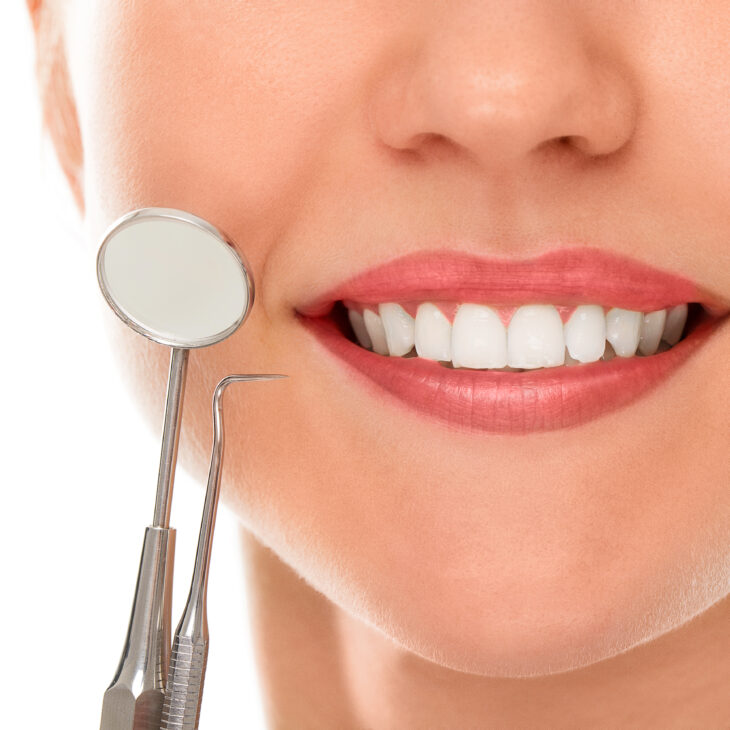Over 50% of the world population experiences at least 1 cavity during childhood, and that increases to over 90% in adults. Brushing and flossing twice daily, using fluoride mouthwash, and getting fillings when needed are standard practices for maintaining good dental hygiene. Still, dentists fill on average over 100 million cavities worldwide each year. What if there was a way to prevent and reverse cavities? Dental researchers recently tested a new way to restore tooth structure before heavy damage is done.
Our teeth consist of minerals made up of calcium and phosphate. When acids and bacteria inside our mouths break down these minerals, the teeth experience demineralization. A cavity forms when demineralization makes a hole in the tooth’s outer protective layer, called the enamel. If left untreated, these holes grow deeper and, over time, slowly decay the enamel and the rest of the tooth.
Brushing your teeth and using mouthwash can clean the acid and bacteria out of your mouth to prevent the initial cavity, but dental researchers want to reverse demineralization and, therefore, cavities. Minerals like those in teeth arrange themselves into shapes resembling a snowflake or a diamond, called crystal-like structures. They also tend to complete their unique patterns by fusing tightly with surrounding minerals. So, researchers want to use this natural process to get minerals in teeth to rebuild their own crystal-like structures.
One way scientists encourage teeth to start rebuilding is by using small chains of molecules that form proteins, called peptides. Scientists use a particular peptide called an enamel binding peptide or EBP to help bind pieces of calcium and phosphate together so they crystallize. When they soak a tooth in a container filled with EBPs, minerals bond to it. The minerals from the solution don’t stick to teeth without EBPs, which makes these peptides crucial components in crystal growth.
With this knowledge, researchers in Japan hypothesized that submerging teeth in an EBP called WGNYAYK and then allowing them to soak in a calcium and phosphate solution would cause the teeth to bind with minerals from the solution. If this process worked, it would build back the tooth’s hard surface, or effectively remineralize its enamel.
To test this idea, the researchers obtained 30 cow teeth and randomly separated them into 3 groups. They demineralized each tooth’s enamel by placing it in a solution containing acetic acid at a pH of 4.5 for 7 to 9 days, mimicking how natural tooth enamel decays. After this process, the scientists coated 2 groups of teeth with the WGNYAYK peptide and left the other group without. They submerged them into a remineralization solution containing monopotassium phosphate and a buffer at a pH of 7. The researchers also added a green dye to the solution that glows brighter the harder the enamel surface becomes. The denser the minerals grew together, the harder the enamel became, and the brighter the teeth glowed.
The scientists analyzed the teeth soaked in the WGNYAYK peptide solution under a laser microscope. They found that the higher the concentration of peptide solution the teeth had been soaked in, the brighter fluorescent green they glowed. They explained this correlation meant that the peptide and mineral bath combination had partially restored their tooth enamel.
The researchers considered their experiment a success, since the EBP they tested promoted tooth remineralization. Next, they are trying to create a topical application of this EBP for clinical studies. They cautioned that scientists still need to investigate the composition of the remineralized teeth and potential adverse effects before this EBP is trialed in humans. Still, the researchers concluded their success is a step in the right direction for dentistry. Future tests will confirm whether or not the EBP treatment is as effective in human teeth as it is in cow teeth.


